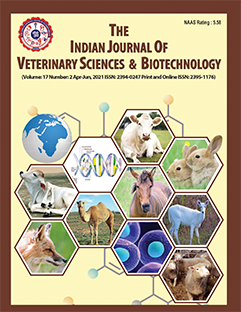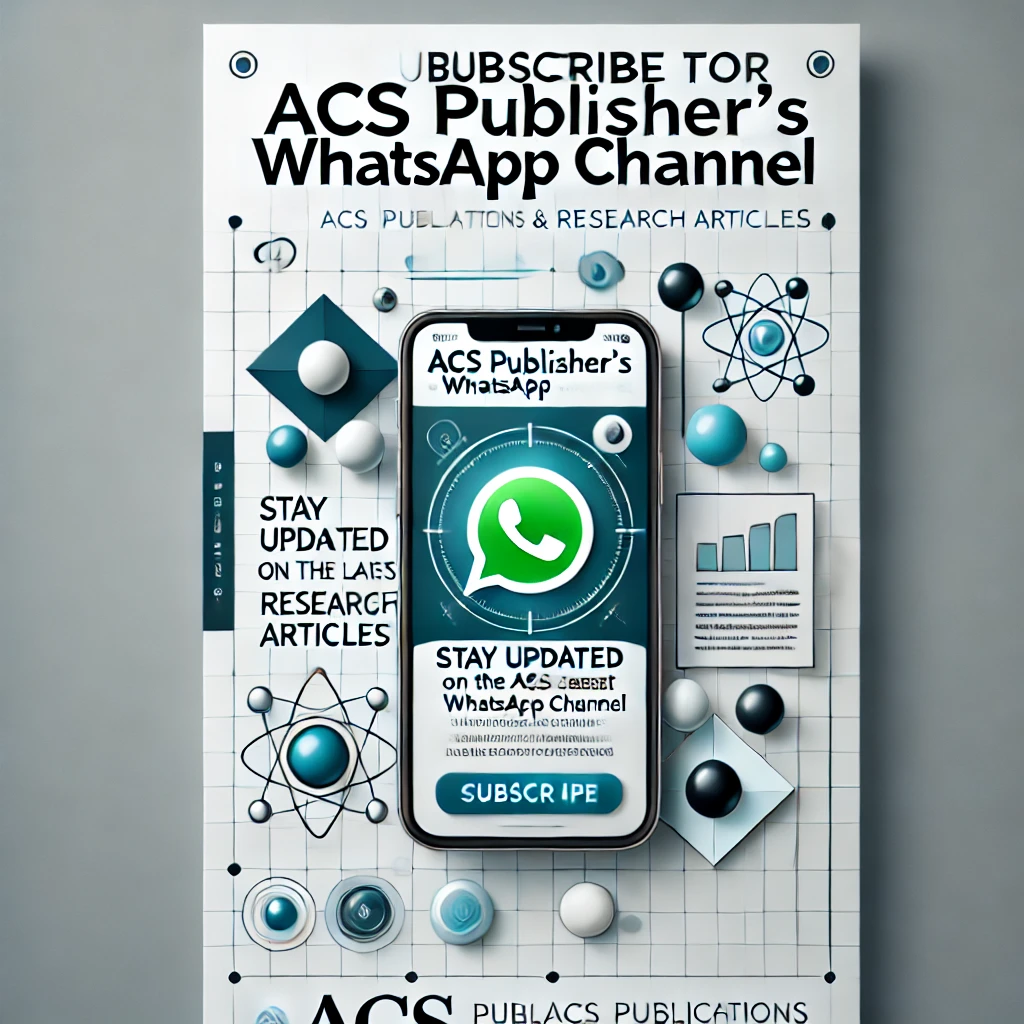Characterization of netB positive Clostridium perfringens Type A Recovered from Necrotic Enteritis in Commercial Broiler Flocks
DOI:
https://doi.org/10.48165/ijvsbt.21.3.12Keywords:
α toxin, Clostridium perfringens, Necrotic enteritis, NetB toxin, ToxinotypingAbstract
Necrotic enteritis (NE) is a significant GI tract disease in chickens, predominantly caused by type A strains of Clostridium perfringens. This condition presents a substantial financial burden on the farmers, jeopardizing flock health and productivity. Recent research highlights the crucial role of the netB toxin, as a primary pathogenic factor in the development of NE. Present study details an outbreak of NE recorded in a commercial broiler flock raised in deep litter system. Dead birds were presented for necropsy with a history of sudden heavy mortality. Significant pathological features in the intestines and viscera of the affected birds were suggestive of NE. Microbiological evaluation including cultural examination and molecular characterization targeting 16s rRNA sequences revealed presence of C. perfringens. Toxinotyping of the isolate under study revealed that the predominant toxin produced was alpha toxin and that it belongs to C. perfringens type A. The isolate was also found to produce netB toxin. Heavy mortality recorded in the present investigation may be attributed to netB gene.
Downloads
References
Alsaab, F., Wahdan, A., & Saeed, E.M. (2021). Phenotypic detection and genotyping of Clostridium perfringens associated with enterotoxaemia in sheep in the Qassim region of Saudi Arabia. Veterinary World, 14(3), 578.
Ficken, M.D., & Wages, D.P. (1997). Necrotic enteritis. In: Calnek BW. Diseases of Poultry (10th ed.). Iowa State University Press, Ames, Iowa, USA, pp. 261–264.
Hatheway, C.L. (1990). Toxigenic clostridia. Clinical Microbiology Review, 3(1), 66–98.
Keyburn, A.L., Yan, X.X., Bannam, T.L., Van Immerseel, F., & Rood, J.I. (2010). Association between avian necrotic enteritis and Clostridium perfringens strains expressing netB toxin. Veterinary Research, 41(2), 21.
Keyburn, A.L.R., Portela, W., Ford, M.E., Bannam, T.L., & Yan, X.X. (2013). Maternal immunization with vaccines containing recombinant NetB toxin partially protects progeny chickens from necrotic enteritis. Veterinary Research, 44, 108–114.
Kurkure, N.V., Kale, S.B., Kale, R.T., Awandkar, S.P., & Joat, N.N. (2017). Occurrence of necrotic enteritis in a commercial layer flock. Indian Journal of Veterinary Pathology, 41(1), 50–52.
Markey, B., Leonard, F., Archambault, M., Cullinane, A., & Maguire, D. (2013). Clinical Veterinary Microbiology (2nd ed.). Mosby, Elsevier, p. 229.
McDevitt, R.M., Brooker, J.D., Acamovic, T., & Sparks, N.H.C. (2006). Necrotic enteritis: A continuing challenge for the poultry industry. World Poultry Science Journal, 62, 221–247.
Moore, R.J. (2016). Necrotic enteritis predisposing factors in broiler chickens. Avian Pathology, 45, 275–281.
Mwangi, S., Timmons, J., Fitz-Coy, S., & Parveen, S. (2019). Characterization of Clostridium perfringens recovered from broiler chicken affected by necrotic enteritis. Poultry Science, 98(1), 128–135.
Parish, E. (1961). Necrotic enteritis in the fowl (Gallus Gallus Domesticus): Histopathology of the disease and isolation of a strain of Clostridium Welchii. Journal of Comparative Pathology and Therapeutics, 71, 377.
Park, J.Y., Kim, S., Oh, J.Y., et al. (2015). Characterization of Clostridium perfringens isolates obtained during 2010 to 2012 from chickens with necrotic enteritis in Korea. Poultry Science, 94(6), 1158–1164.
Savva, C.G., Fernandes da Costa, S.P., Bokori-Brown, M., Naylor, C.E., & Cole, A.R. (2013). Molecular architecture and functional analysis of NetB, a pore-forming toxin from Clostridium perfringens. Journal of Biological Chemistry, 288, 3512–3522.
Schlegel, B.J., Nowell, V.J., Parreira, V.R., Soltes, G., & Prescott, J.F. (2012). Toxin-associated and other genes in Clostridium perfringens type A isolates from bovine clostridial abomasitis (BCA) and jejunal haemorrhage syndrome (JHS). Canadian Journal of Veterinary Research, 76, 248–254.
Shojadoost, B., Vince, A., & Prescott, J. (2012). The successful experimental induction of necrotic enteritis in chickens by Clostridium perfringens: A critical review. Veterinary Research, 43, 74–85.
Simpson, K.M., Callan, R.J., & Van-Metre, D.C. (2018). Clostridial abomasitis and enteritis in ruminants. Veterinary Clinics of North America: Food Animal Practice, 34, 155–184.
Skinner, J.T., Bauer, S., Young, V., Pauling, G., & Wilson, J. (2010). An economic analysis of the impact of subclinical (mild) necrotic enteritis in broiler chickens. Avian Diseases, 54(4), 1237–1240.
Stiles, B.G., Barth, G., Barth, H., & Popoff, M.R. (2013). Clostridium perfringens epsilon toxin: A malevolent molecule for animals and man. Toxins, 5(11), 2138–2160.
Thomas, P., Arun, T.R., Karthik, K., Berin, P.V., & Kumar, M.A. (2014). Molecular characterization and toxinotyping of a Clostridium perfringens isolate from a case of necrotic enteritis in Indian Kadaknath fowl. Asian Journal of Animal and Veterinary Advances, 9(7), 385–394.
Timbermont, L., Haesebrouck, F., Ducatelle, R., & Van Immerseel, F. (2011). Necrotic enteritis in broilers: An updated review on the pathogenesis. Avian Pathology, 40, 341–347.
Tonooka, T., Sakata, S., Kitahara, M., Hanai, M., & Ishizeki, S. (2005). Detection and quantification of four species of the genus Clostridium in infant feces. Microbiology and Immunology, 49(11), 987–992.
Van Asten, A.J., van der Weil, C.W., Nikolaou, G., Houwers, D.J., & Grone, A. (2009). A multiplex PCR for toxin typing of Clostridium perfringens isolates. Veterinary Microbiology, 136(3–4), 411–412.
Downloads
Published
Issue
Section
License
Copyright (c) 2025 Indian Journal of Veterinary Sciences and Biotechnology

This work is licensed under a Creative Commons Attribution-NonCommercial-NoDerivatives 4.0 International License.




